
“Underwater basket weaving” is probably the most maligned imaginary degree out there – a catchphrase for all sorts of classes and degrees that are deemed useless and unmarketable. (As a liberal arts graduate, I have heard of my degree derided a few times as such).
BUT DOES ANY SCHOOL ACTUALLY TEACH UNDERWATER BASKETWEAVING? I would have thought no, but I would be wrong. Underwater basket weaving may have started out as a joke, but several schools now offer classes in the craft. Weaving baskets may be easy to do badly, but constructing a good basket takes skill, patience, the ability to follow directions, the willingness to try something new, and creativity. Oh wait, don’t those sound like skills that a good employee would have?!
BUT DOES ANY SCHOOL ACTUALLY TEACH UNDERWATER BASKETWEAVING? I would have thought no, but I would be wrong. Underwater basket weaving may have started out as a joke, but several schools now offer classes in the craft. Weaving baskets may be easy to do badly, but constructing a good basket takes skill, patience, the ability to follow directions, the willingness to try something new, and creativity. Oh wait, don’t those sound like skills that a good employee would have?!
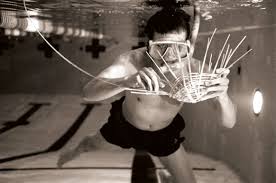
University of California at San Diego offers a recreation class in Underwater Basket weaving. Apparently, the class first started in 1984 and has been going strong since. I found a class that takes place on in May 2013 – it only takes a few hours on the weekend and costs a pittance of $10 (the cheapest class at UCSD). Unfortunately, enrollment is full. Perhaps next year! Students who completed the class get a “diploma” in underwater basket weaving – I’d love one so I can frame it and hang it in our apartment. Reed College also offers an underwater basket weaving class, but I couldn’t find a live registration link.
If you are a diver, US Scuba offers you the chance to weave baskets… truly under water. The class description beckons students to “be one of the few divers in the world with this unique Specialty…and take home a memorable souvenir.” (I assume this souvenir is your very own basket).
If you are a diver, US Scuba offers you the chance to weave baskets… truly under water. The class description beckons students to “be one of the few divers in the world with this unique Specialty…and take home a memorable souvenir.” (I assume this souvenir is your very own basket).
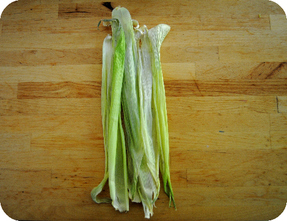
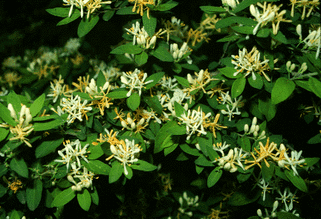
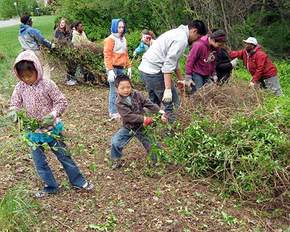
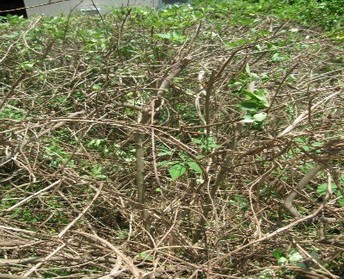
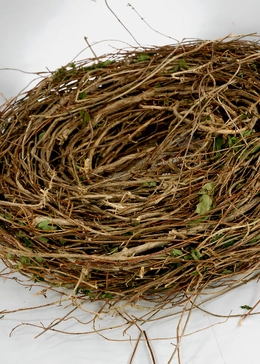
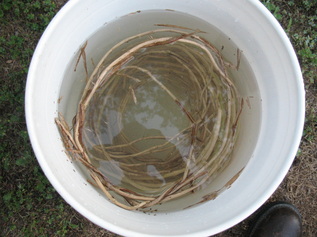
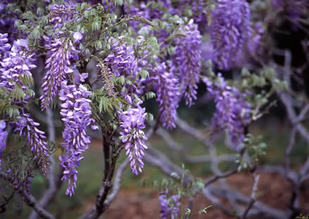
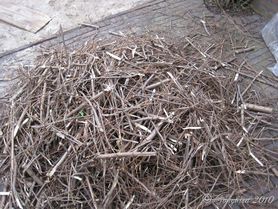
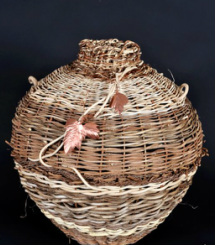
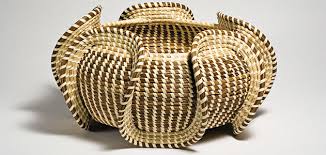
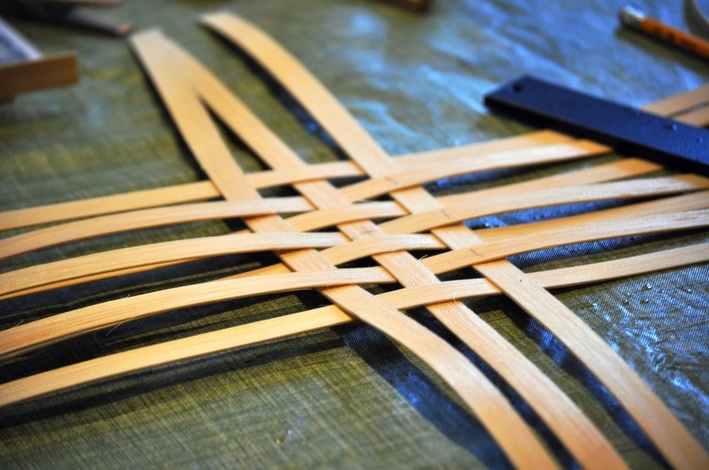
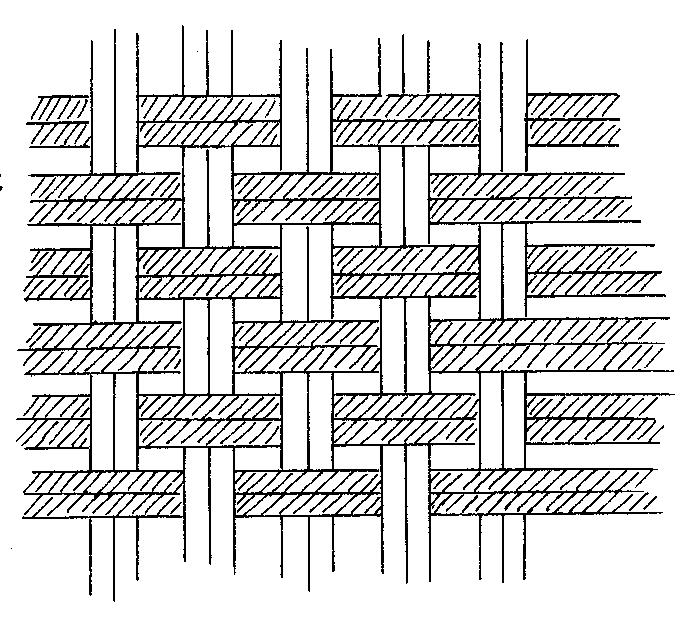
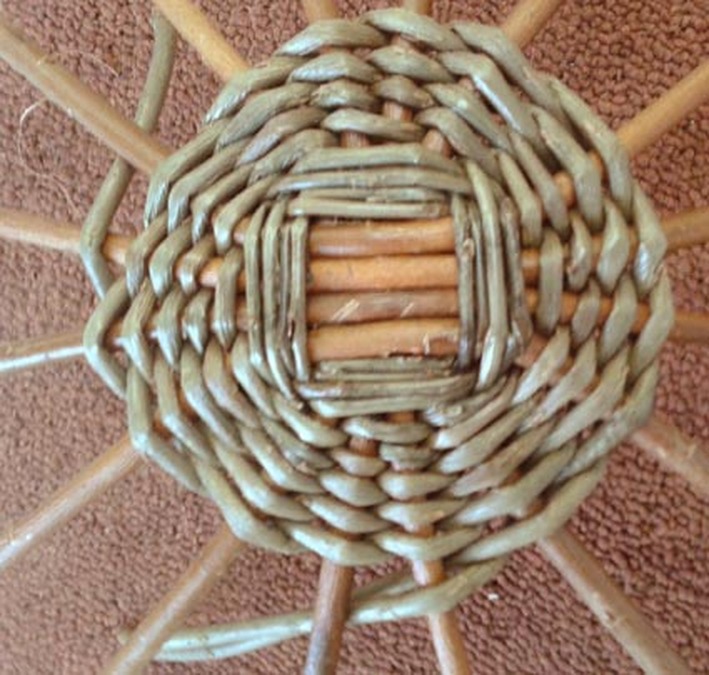
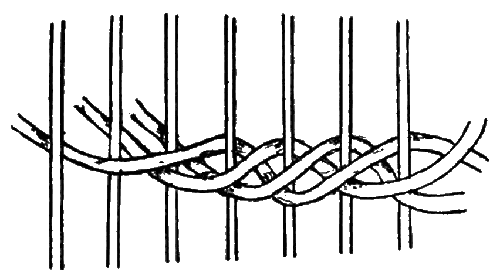
 RSS Feed
RSS Feed
